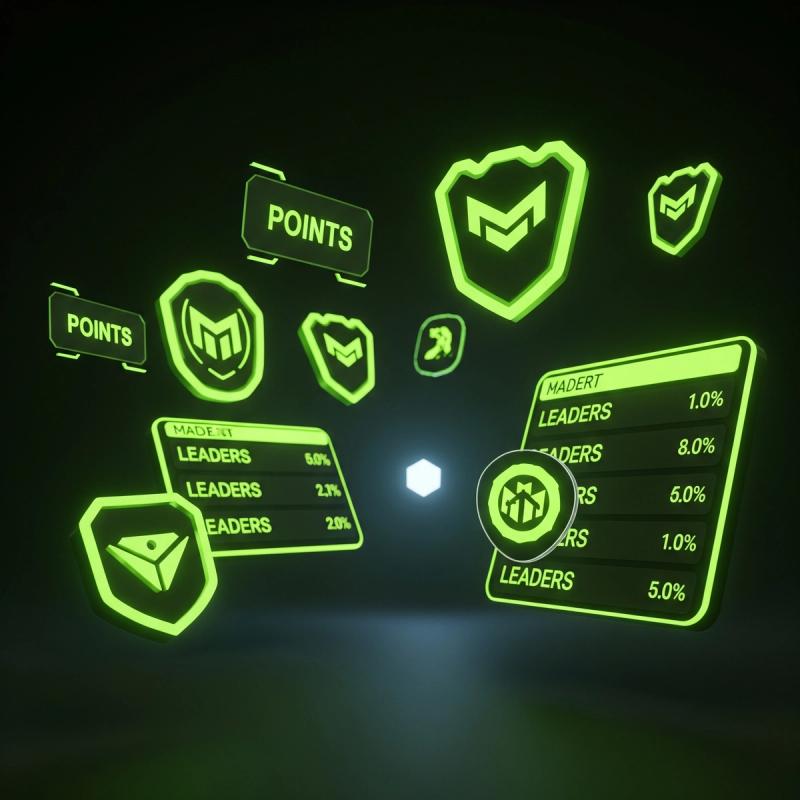
Gamification in iGaming: Boosting Engagement and Loyalty
 By lift
By liftIntroduction
In the competitive landscape of iGaming, capturing and retaining player attention is a constant challenge. Simply offering games is no longer enough; creating a truly engaging experience is key. This is where gamification comes into play, leveraging game-like elements in non-game contexts to enhance player interaction and foster loyalty. By integrating gamification into marketing campaigns and amplifying these efforts through programmatic advertising, iGaming operators can significantly boost player retention.
The Power of Gamification
Gamification introduces elements such as points, badges, leaderboards, and challenges to motivate users and encourage desired behaviors. In the iGaming world, this translates to rewarding player activity, acknowledging achievements, and creating a sense of progress and competition. These elements can transform a standard gaming session into an interactive and rewarding journey, leading to increased engagement. Integrating game-like elements directly into the player experience boosts loyalty.
How Gamification Works in iGaming Marketing
For iGaming operators, gamification offers a versatile tool for driving engagement. Loyalty programs can be designed with tiers, each unlocking exclusive rewards and bonuses as players accumulate points. Challenges and quests can encourage players to explore different games or features, fostering a deeper connection with the platform. Leaderboards tap into players' competitive spirit, motivating them to strive for higher rankings. These rewards programs drive retention strategies effectively.
Programmatic Engagement and Gamification
Programmatic advertising plays a crucial role in amplifying gamified campaigns. By leveraging data, operators can personalize gamified experiences for individual players. For example, players who frequently play slots might receive targeted offers for slot tournaments, while those who enjoy live dealer games might be invited to exclusive VIP events. Programmatic engagement ensures that the right gamified content reaches the right player at the right time. This level of personalization makes the player's user experience (UX) ads more effective.
Benefits of Gamification Amplified by Programmatic
Combining gamification with programmatic delivers a multitude of benefits. Increased player engagement leads to longer playing sessions and higher activity levels. Player loyalty grows as they feel valued and rewarded for their dedication. Retention strategies become more effective as players are incentivized to stay active on the platform. Ad creative gamification, such as interactive ads that mimic in-game experiences, further enhances engagement. These interactive ads create a memorable player experience.
Implementing Gamification in iGaming Campaigns
To successfully implement gamification, iGaming operators should start with clear objectives and a well-defined strategy. Determine what actions you want to encourage, whether it's trying new games, making deposits, or participating in events. Then, design gamified elements that align with these objectives. Integrate these elements into the platform's interface, marketing communications, and programmatic campaigns. Regularly track performance data and optimize strategies based on player feedback and behavior.
Conclusion
Gamification offers a powerful way to transform iGaming marketing, turning casual players into loyal advocates. By incorporating game-like elements and leveraging programmatic to personalize these experiences, operators can drive engagement, increase retention, and create a more rewarding player journey. The future of iGaming marketing lies in crafting interactive and engaging experiences that keep players coming back for more, and gamification is a key tool in achieving this goal.